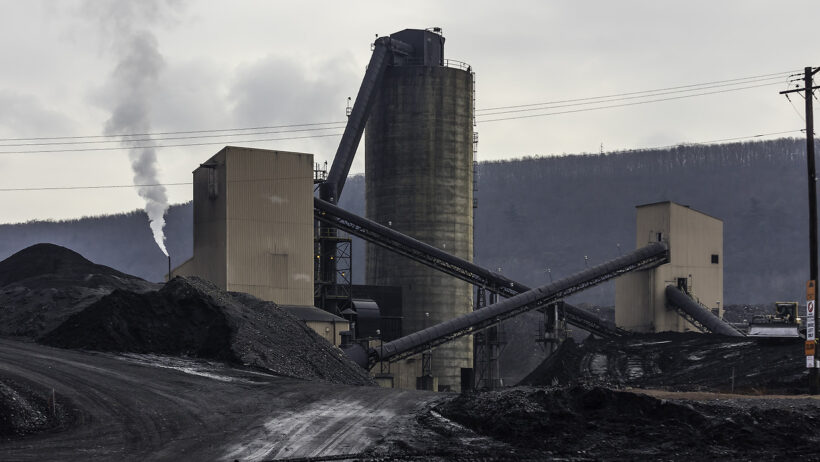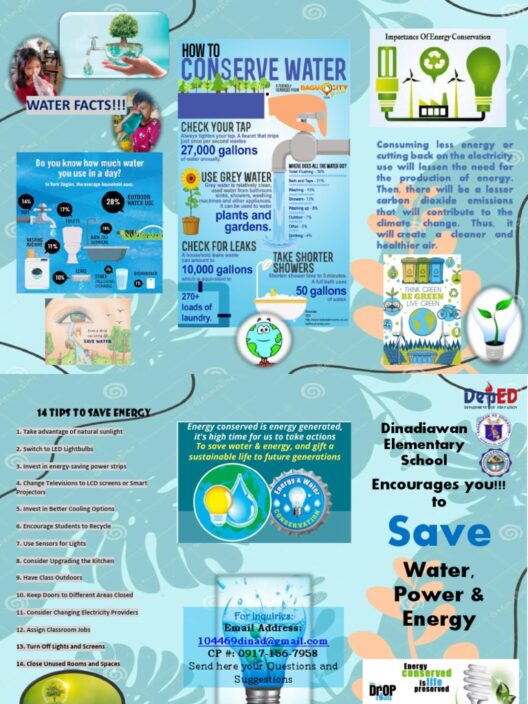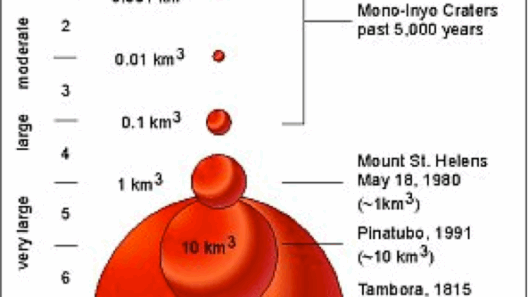Pennsylvania’s climate is as diverse as its geography, spanning from the cold, rugged Appalachian Mountains to the warm urban centers of Philadelphia and beyond. This state, rich in history and resources, is often synonymous with coal mining, a cornerstone of its heritage and economy. However, its climate is experiencing significant shifts, prompting a necessary reevaluation of its environmental policies and the implications for both local and global ecosystems.
Coal Country, predominantly found in the state’s western and central regions, is characterized by its colder climate, which is influenced by altitude and proximity to the mountains. The elevation plays a critical role in climate patterns, leading to colder temperatures, especially during winter months. Residents endure bitterly cold winters, where thermometers frequently dip below freezing. The nuance of this weather is crucial; it fosters not only a unique local economy that relies heavily on heating resources but also impacts the surrounding ecology, including plant and animal life that must adapt to such conditions.
Conversely, as one migrates southeast towards metropolitan hubs like Philadelphia, a remarkable transformation occurs. The climate warms, leading to a more temperate climate characterized by milder winters and hotter summers. This shift is not merely atmospheric; it is a reflection of urbanization and population density, resulting in the urban heat island effect. As cities expand, they absorb and retain heat, causing local temperatures to deviate significantly from rural regions. Thus, Pennsylvania serves as a microcosm of broader climatic transitions occurring across the United States.
Despite these regional contrasts, climate change indiscriminately impacts both cold and warm areas of Pennsylvania. Rising global temperatures, fluctuating precipitation patterns, and severe weather events are challenges faced by all Pennsylvanians. The state is experiencing an increase in the frequency and intensity of rainfall, leading to flooding in some areas, while others contend with heightened drought conditions. These climatic extremes are not only detrimental to agriculture and natural habitats but also strain public infrastructure, necessitating investments in climate resilience and adaptation strategies.
Coal Country’s historical reliance on fossil fuels has long been a double-edged sword. On one hand, coal mining provided livelihoods for generations; on the other, it has engendered profound environmental degradation. As awareness of climate issues grows, there is a compelling argument for transitioning to renewable energy sources. The juxtaposition of Pennsylvania’s rich coal history against a backdrop of modern environmental demands offers an opportunity for innovation and evolution. Retraining coal miners and diversifying local economies could forge pathways toward a more sustainable future while preserving the region’s cultural identity.
The Pennsylvania government is taking steps towards embracing a greener future. Initiatives aimed at reducing greenhouse gas emissions and increasing investments in renewable energy are now at the forefront of policy discussions. Solar farms, wind turbines, and energy efficiency programs are gradually surfacing in Coal Country, integrating with the landscape and promising to transform the economic fabric of these communities. These changes signify a shift not only in energy resources but also in mindset, as the state grapples with reconciling its past with its environmental commitments.
Curiously, even in warmer locales like Philadelphia, the impacts of climate change pressure the city to adapt. Public health concerns, exacerbated by heatwaves, necessitate innovative urban planning solutions. Green roofs, expanded urban greenery, and climate-smart public policies are emerging as practical responses to the rising heat. The resulting synergy of modernity and nature not only combats climate change but also enhances the livability of urban environments, cultivating an ethos of environmental stewardship within the populace.
As we step back and assess the entirety of Pennsylvania’s climatic narrative—ranging from the frigid coal-laden mountains to the bustling cityscapes—we begin to recognize the profound interconnectedness of community, industry, and environment. Every region boasts unique climatic traits that influence local ecosystems and economies, yet unified action is essential for addressing the overarching challenges posed by climate change.
Moreover, Pennsylvanians are increasingly engaging with one another to share knowledge, resources, and strategies for sustainable practices. Community gardens flourish, local farmers’ markets thrive, and educational programs promote environmental literacy. Working collectively, the state’s residents can mitigate adverse climate impacts, both locally and globally.
In conclusion, Pennsylvania’s climate, with its dramatic divides, presents a compelling case study in adaptability and resilience. From the chilly winds of Coal Country to the warm streets of Philadelphia, diverse climatic conditions impart unique challenges and opportunities. Faced with the pressing realities of climate change, the overarching promise lies not in a return to past practices but in a transformative vision for the future. Pennsylvanians, rich in geographical diversity and an indomitable spirit, have the potential to pioneer innovative responses that can serve as a beacon of hope for other regions confronting similar climate conundrums. This is not merely a state of weather; it is a dynamic tapestry of life interwoven with the fabric of our planet’s future.








